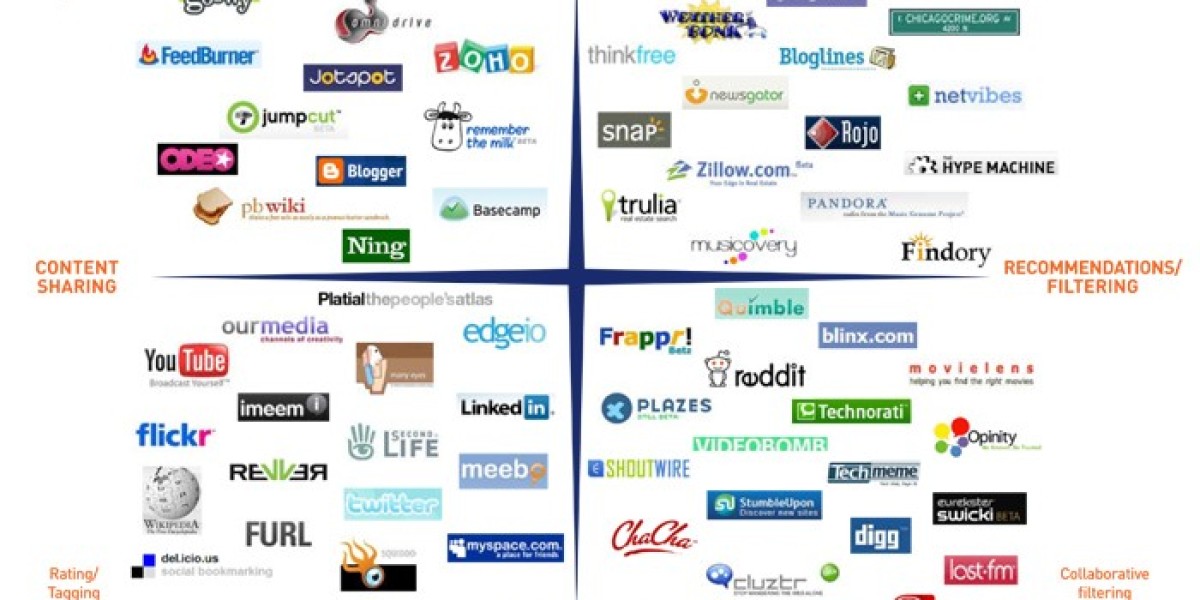What Is DME HME?
Durable Medical Equipment (DME) refers to non-disposable, reusable equipment prescribed by healthcare providers for medical purposes. These items are meant for long-term use and are often necessary to manage a medical condition or aid in recovery.
Home Medical Equipment (HME), on the other hand, is a broader category that includes DME but also covers other home healthcare supplies such as oxygen supplies, hospital beds, or patient lifts.
Together, dme hme services aim to provide comfort, convenience, and clinical support to individuals in their homes, enabling greater independence and improving overall quality of life.
Common Types of DME HME
DME HME encompasses a wide range of equipment that serves various medical and therapeutic purposes. Some of the most commonly prescribed items include:
1. Mobility Aids
Wheelchairs (manual and powered)
Walkers and rollators
Canes and crutches
2. Respiratory Equipment
Oxygen concentrators and cylinders
CPAP/BiPAP machines for sleep apnea
Nebulizers
3. Hospital Beds and Accessories
Adjustable hospital beds
Bedside rails
Overbed tables
4. Monitoring and Diagnostic Devices
Blood pressure monitors
Glucometers
Pulse oximeters
5. Bath Safety Equipment
Shower chairs
Raised toilet seats
Grab bars
6. Patient Lifts and Transfer Aids
Hoyer lifts
Transfer boards
Slide sheets
7. Orthotic and Prosthetic Devices
Braces and supports
Prosthetic limbs
Compression garments
These items are crucial for patients who require long-term care, rehabilitation, or assistance with daily living activities, and are typically prescribed as part of a comprehensive care plan.
Who Uses DME HME?
DME HME is used by a broad spectrum of individuals, including:
Elderly patients with mobility or chronic health issues
Post-operative patients recovering at home
Individuals with disabilities
Patients with chronic respiratory conditions
Children with developmental disorders
The use of dme hme is particularly essential in rural or underserved areas, where access to hospitals or clinics may be limited. By providing necessary equipment at home, these services bridge the gap between inpatient care and home recovery.
Benefits of DME HME
Implementing dme hme solutions can yield substantial benefits for patients, caregivers, and the healthcare ecosystem as a whole.
1. Enhanced Patient Independence
Patients gain greater autonomy when they can use mobility aids or personal care devices without constant supervision. This empowerment is critical for mental and emotional well-being.
2. Cost-Effective Healthcare
Home-based care using dme hme often results in fewer hospital admissions, shorter stays, and reduced reliance on long-term care facilities, which leads to significant cost savings.
3. Reduced Caregiver Burden
DME HME tools such as patient lifts and bed positioning systems can ease the physical demands on caregivers, reducing injury risks and caregiver burnout.
4. Improved Clinical Outcomes
Regular monitoring and consistent use of therapeutic equipment like CPAP machines or oxygen concentrators can help manage chronic conditions more effectively and reduce emergency visits.
5. Personalized Care
With the ability to tailor dme hme to specific needs, patients can receive equipment that aligns with their health status and living environment.
Regulatory and Insurance Considerations
The provision and reimbursement of dme hme are governed by several regulations, especially in the U.S., where Medicare, Medicaid, and private insurers play a significant role.
Medicare Coverage
Medicare Part B covers most DME HME if:
The item is medically necessary
A physician prescribes it
It is used in the home
It is expected to last at least three years
Accreditation and Compliance
DME HME providers must adhere to standards set by regulatory bodies such as:
Centers for Medicare & Medicaid Services (CMS)
The Joint Commission
Accreditation Commission for Health Care (ACHC)
Providers must ensure that equipment is safe, well-maintained, and delivered with proper usage training to comply with these standards.
Challenges in the DME HME Industry
Despite its numerous advantages, the dme hme sector faces several challenges:
1. Reimbursement Delays
Insurance and Medicare claims can be slow, causing cash flow issues for providers.
2. Fraud and Abuse
There have been cases of fraudulent claims involving unnecessary or nonexistent DME HME orders, prompting stricter scrutiny and audits.
3. Supply Chain Disruptions
Global events, like the COVID-19 pandemic, highlighted vulnerabilities in the supply chain for critical medical equipment.
4. Patient Education
Ensuring patients and caregivers are adequately trained to use equipment is crucial for safety and efficacy but can be resource-intensive.
Technological Advancements in DME HME
Like many sectors, dme hme is also experiencing a wave of innovation. From smart medical devices to remote patient monitoring (RPM), new technologies are transforming how patients receive and interact with their equipment.
Smart DME
Devices now often come with:
Bluetooth connectivity
Mobile app integration
Real-time data tracking
These features enable providers to monitor patient usage, adjust treatment plans, and intervene when issues arise—all remotely.
Telehealth Integration
DME HME is increasingly being integrated into telehealth ecosystems, allowing physicians to prescribe and monitor equipment use virtually. This creates a more seamless continuum of care and enhances accessibility.
The Future of DME HME
The demand for dme hme is set to rise dramatically due to several key trends:
1. Aging Population
As baby boomers enter retirement age, the need for home-based medical support will skyrocket.
2. Chronic Disease Management
With chronic conditions like diabetes, COPD, and heart disease on the rise, dme hme will be essential for long-term care strategies.
3. Value-Based Care
The healthcare industry’s shift toward value-based care (focusing on outcomes rather than services) aligns perfectly with dme hme, which reduces costs while improving patient satisfaction.
4. Home as the New Healthcare Hub
Home-based care models are gaining momentum. DME HME providers who invest in user-friendly, tech-enabled, and integrated solutions will be at the forefront of this shift.
Choosing the Right DME HME Provider
When selecting a dme hme provider, patients and healthcare professionals should consider:
Accreditation and licensing
Range of equipment offered
Training and support services
Delivery and maintenance capabilities
Customer reviews and satisfaction ratings
A reliable provider should not only deliver the right equipment but also ensure the patient understands how to use it properly and feels supported throughout the care journey.
Conclusion
DME HME is more than just a sector within healthcare—it’s a lifeline for millions who need ongoing support in the comfort of their homes. By enabling independence, improving outcomes, and lowering costs, dme hme represents the future of personalized, accessible care.
As technology continues to evolve and healthcare delivery models shift, the role of dme hme will only grow in significance. Understanding its potential and challenges today will help patients, providers, and policymakers prepare for a healthier, home-centered tomorrow.









